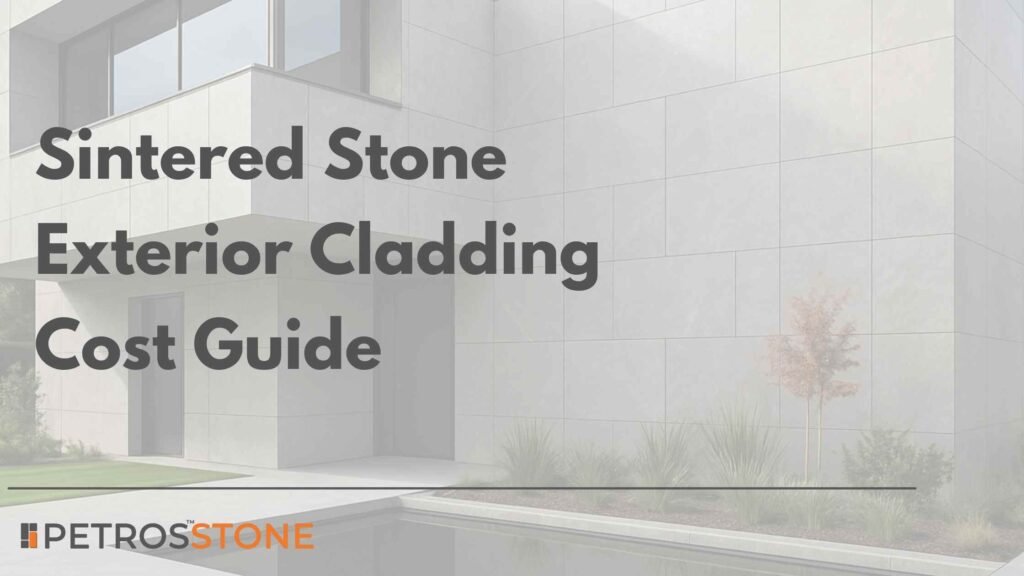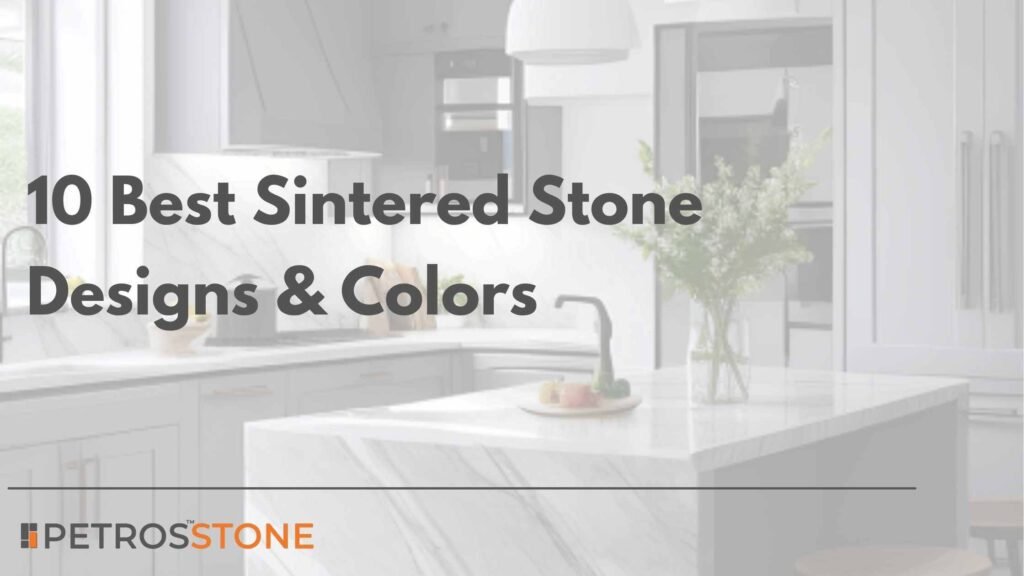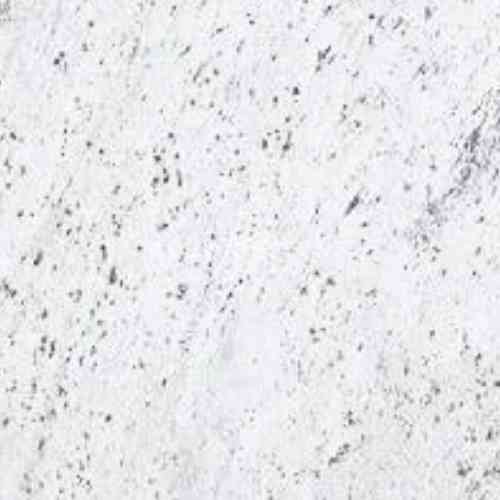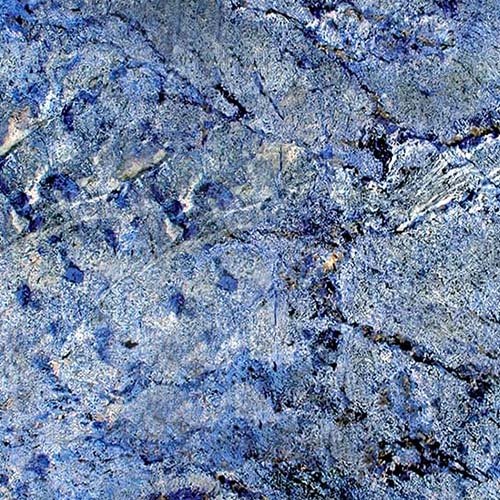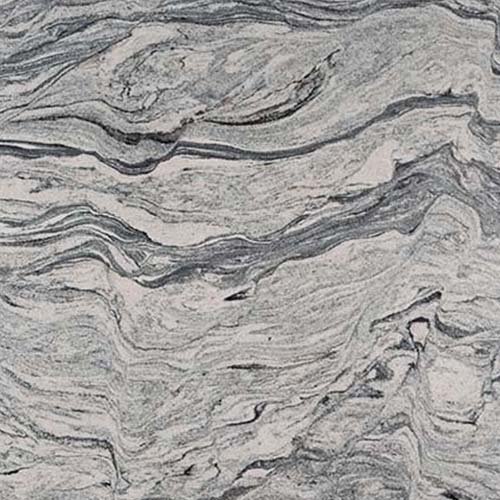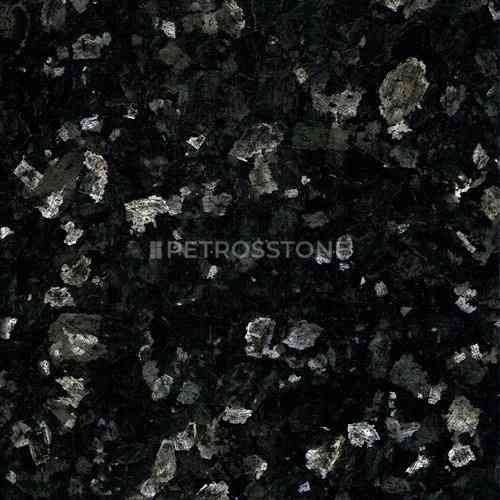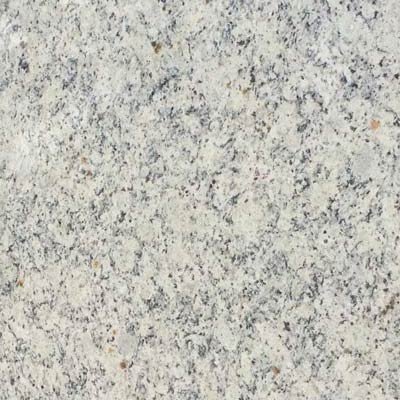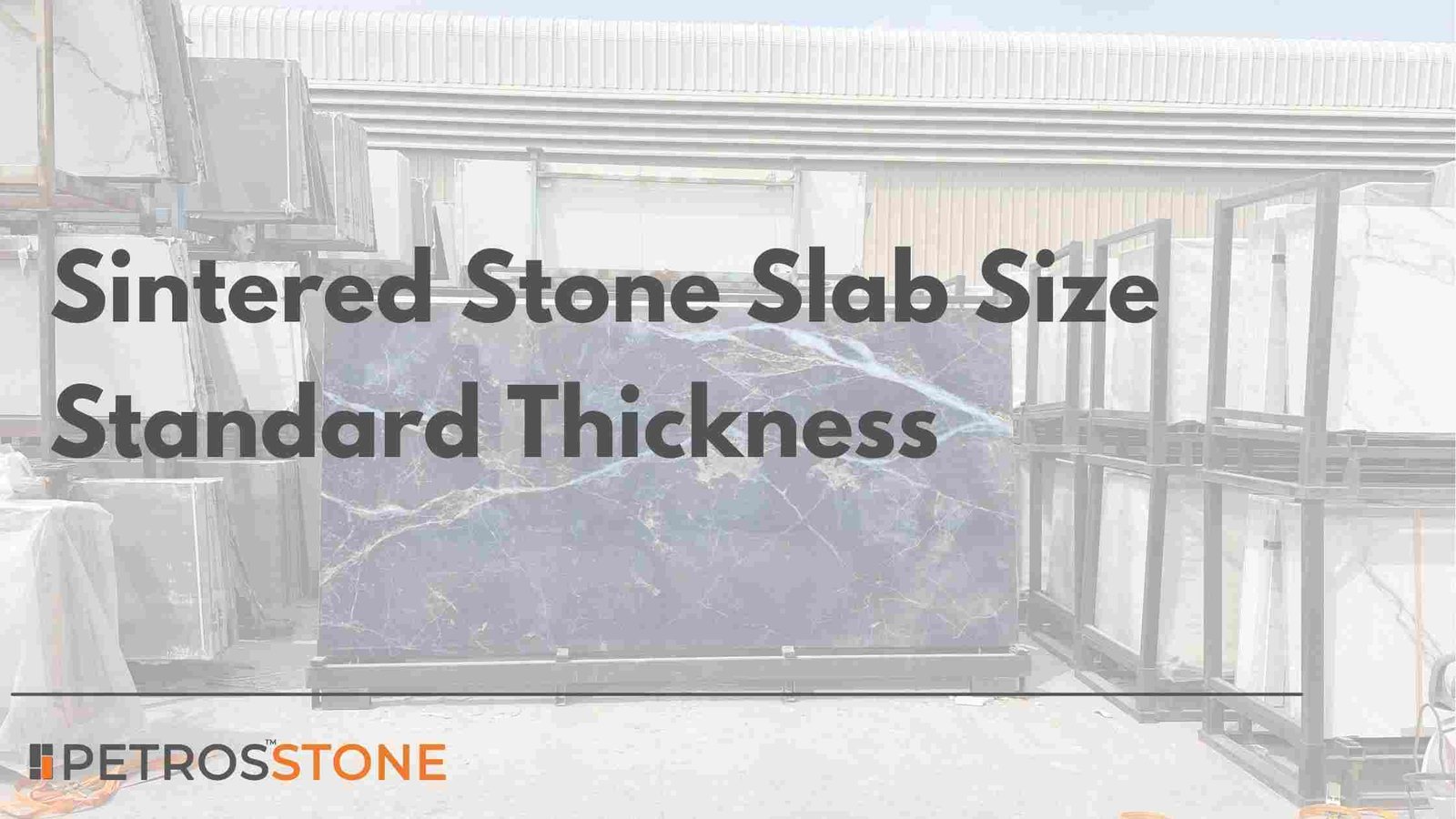
Sintered stone is certainly a trending topic in both the interior design and architecture fields. This shiny material is currently sought for countless products, including kitchen countertops as well as outdoor spaces, due to its versatility and modern appearance.
If you are also thinking about using sintered stone for your project, then one of the important pieces of information you want to get your head around is the standard size and thickness of its slabs.
Typical sintered stone slabs come in three main sizes: Standard (80×320 cm), Medium (120×320 cm), and Large (160×320 cm). The Standard and Medium sizes have a thickness of 15 mm, while the Large size is typically 20 mm thick.
In this article, we will explore all about this material, from sizes and costs to where sintered stone is used, what sintered stone is good for, and things to think about before choosing.
What is Sintered Stone
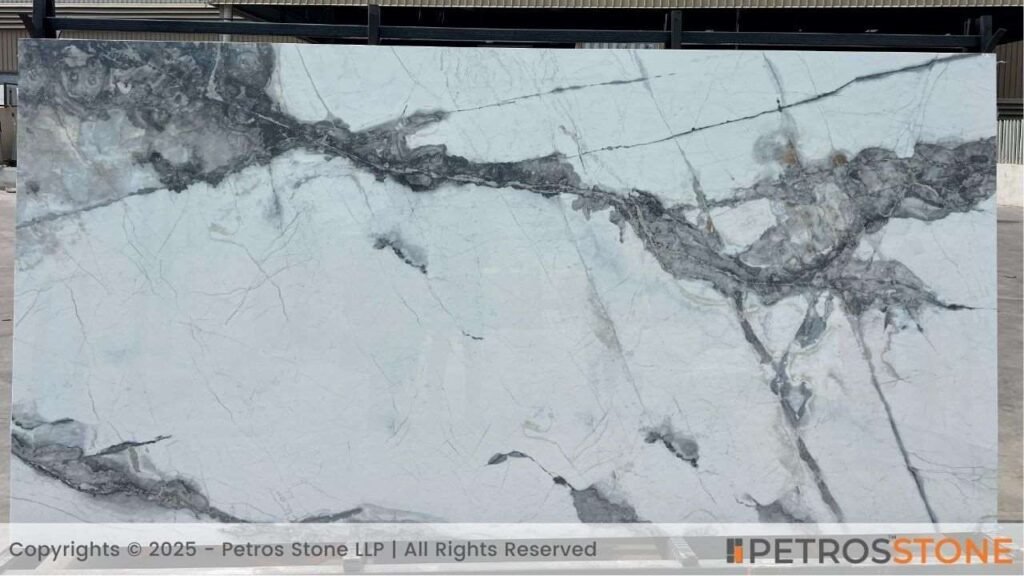
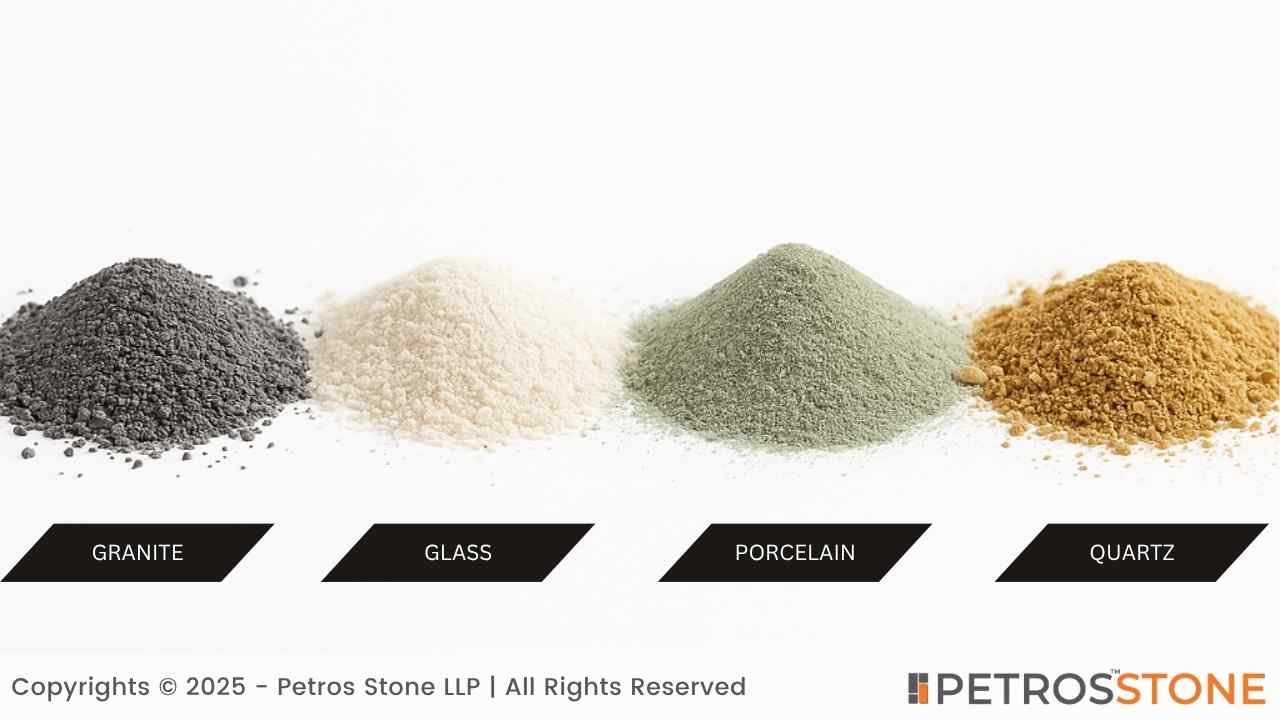
Sintered stone is an artificial product engineered to resemble the look of natural stone while providing a better-performing solution. This stone is made from a combination of natural minerals and raw materials, including, but not limited to granite, glass, clay and silica, under extremely high heat and pressure.
When exposed to extreme heat and pressure, this process of “sintering” fuses the particles into a solid, ultra-high-density body. The outcome is an impermeable (non-porous) surface that is computably more durable than several other materials, including natural stone.
Standard Sintered Stone Slab Size
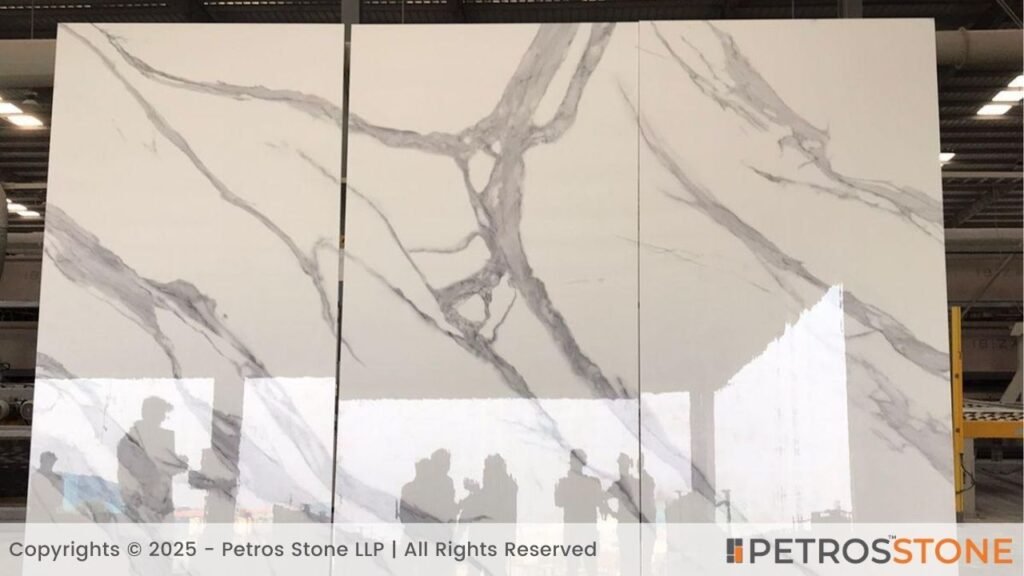
One of the beneficial features of sintered stone is that it is available in large slabs, so there are fewer seams on your finished product.
Table for Sintered Stones Typical Sizes
| Size | Thickness | Size in cm |
| Standard | 15 mm | 80 x 320 |
| Medium | 15 mm | 120 x 320 |
| Large | 20 mm | 160 x 320 |



Standard Thickness of Sintered Stone Slab
When you are investigating thickness options, you will typically see 15mm and 20mm as the standard sizes.
- 15 mm is a practical, all-around thickness for most kitchen countertops, bathroom vanities, or wall cladding, strong and looks great.
- 20 mm gives you added strength, which is a thicker size and helps create a more solid look. This is suitable for high-traffic areas or if you prefer a thicker countertop.
- In some cases, ultra-thin panels (as thin as 6 mm or 12 mm) may be used for vertical surfaces like walls or furniture fronts, but 15–20 mm is the common one for both appearance and performance.
Major Applications of Sintered Stone
The versatility of this material is truly its biggest selling point. You can easily find sintered stone used for both interiors and exteriors.
Interior Applications
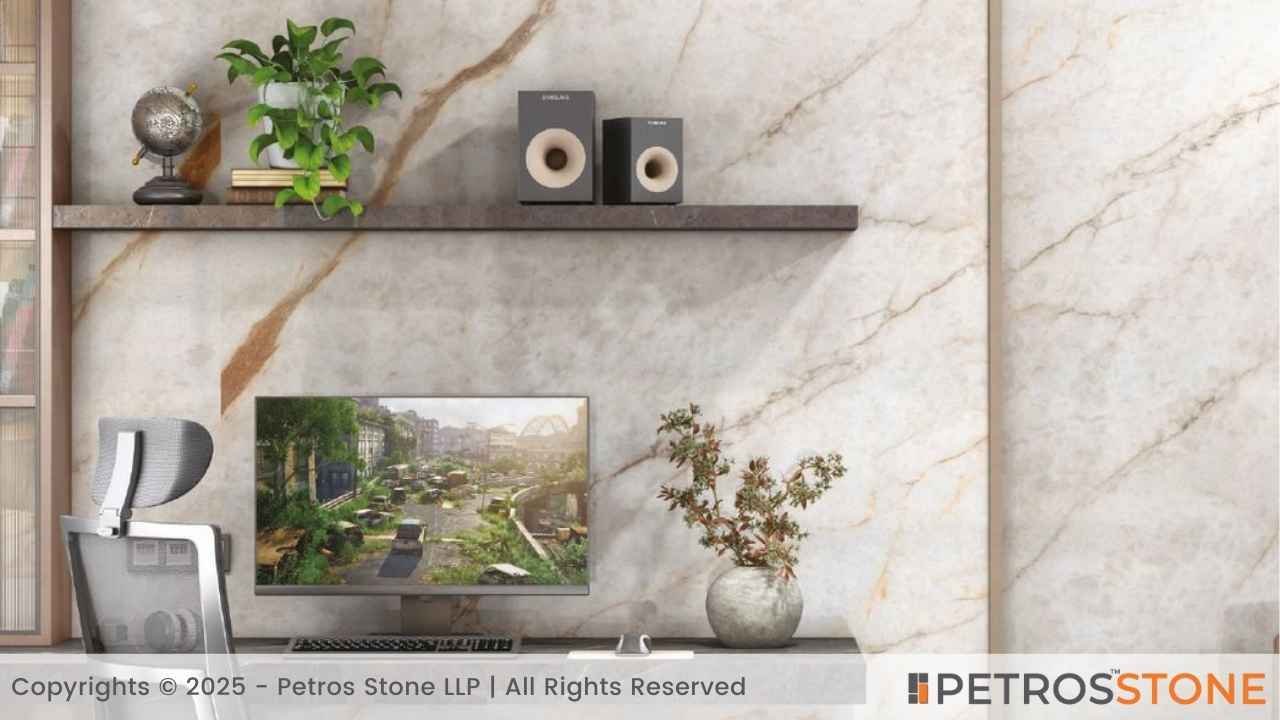
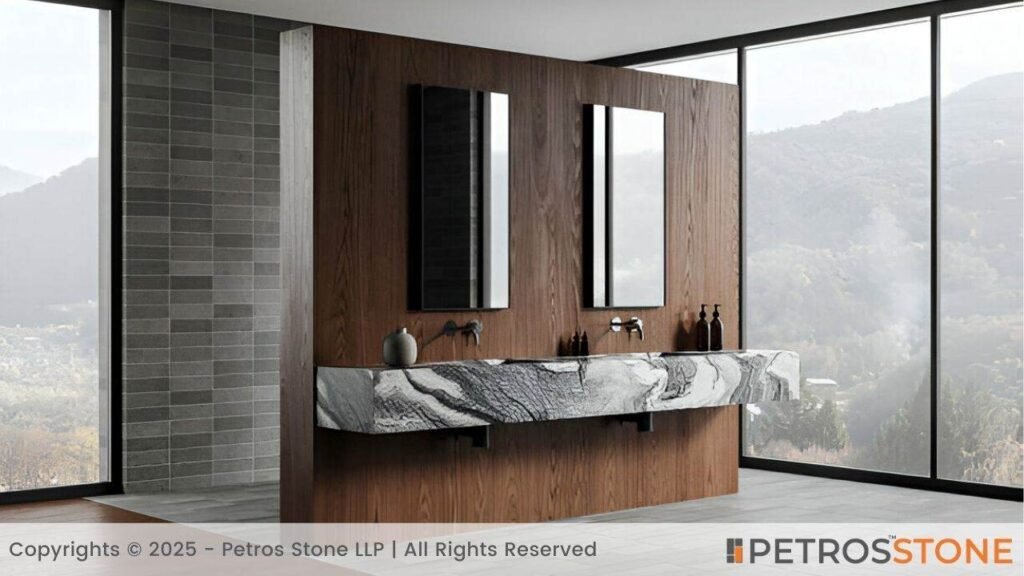
- Kitchen countertops
- Bathroom vanities
- Dining tables
- Wall cladding
- Shower walls and pans
- Backsplashes
- Fireplace surrounds
- Furniture accents
- Stairs and treads
Outdoor Applications
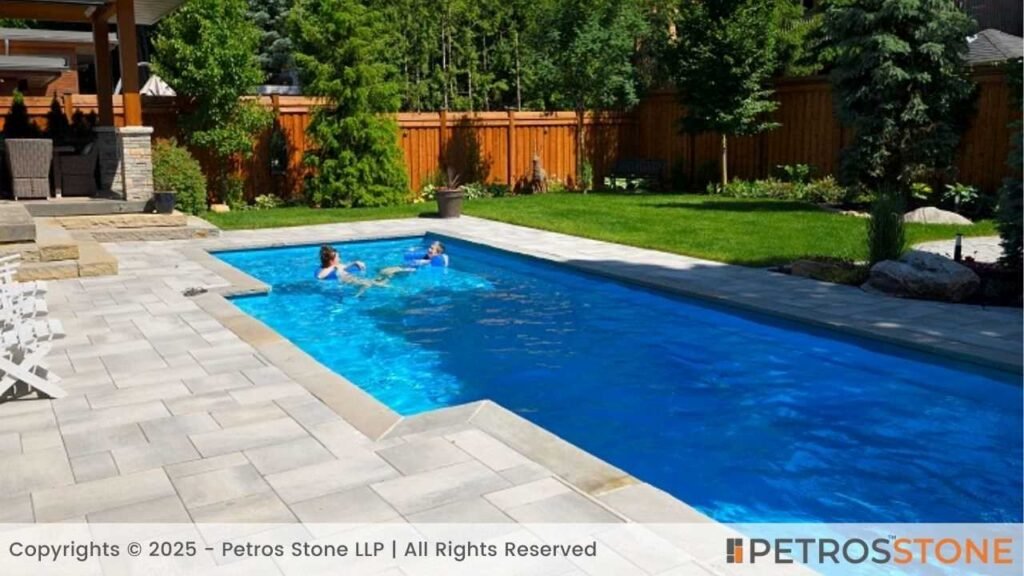
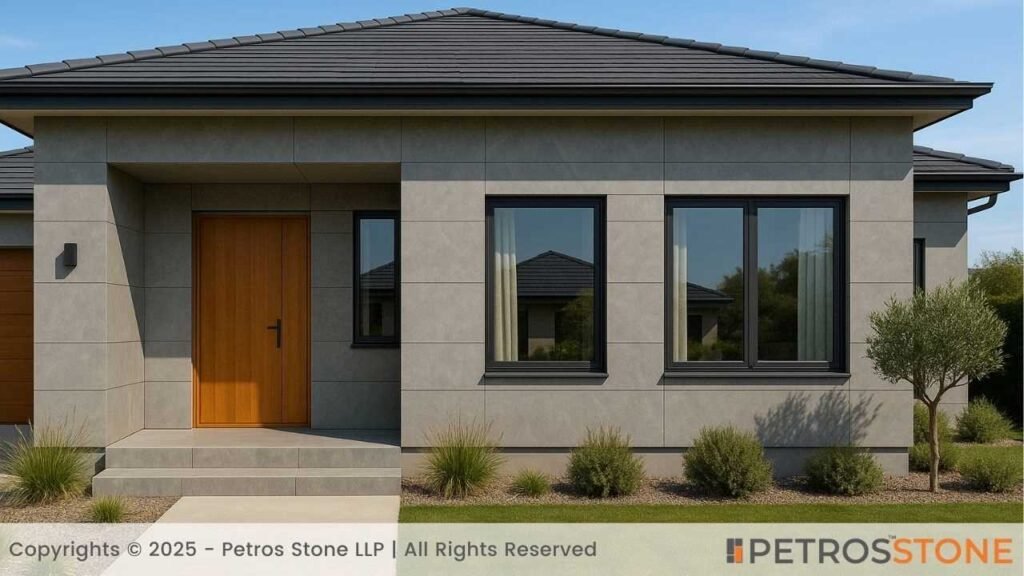
- Patios
- Outdoor kitchens
- Pool surrounds
- Walkways
- Façades
Price of Sintered Stone Slab

Like all home improvement options, the cost of sintered stone can depend on a few things:
- Thickness: The thicker the slab, the more expensive
- Color/Pattern: Special patterns typically will cost more
- Brand: Premium brands will naturally cost more
- Supplier: Prices range from supplier to supplier and also from fabricator to fabricator
Sintered Stone Average Price List Table
| Size (CM) | Thickness (MM) | Price (USD/sq. mt.) | Price (USD/sq. ft.) |
| 80×240 | 1.5 | USD 18.76 | USD 1.74 |
| 80×240 | 1.2 | USD 16.96 | USD 1.58 |
| 80×300 | 1.5 | USD 21.76 | USD 2.02 |
| 80×300 | 1.2 | USD 19.96 | USD 1.85 |
| 80×320 | 1.5 | USD 21.76 | USD 2.02 |
| 80×320 | 1.2 | USD 19.96 | USD 1.85 |
| 120×240 | 1.5 | USD 28.67 | USD 2.66 |
| 120×240 | 1.2 | USD 26.87 | USD 2.50 |
| 160×320 | 1.5 | USD 33.20 | USD 3.08 |
| 160×320 | 1.2 | USD 31.40 | USD 2.92 |
Note: Keep in mind that custom finishes, textures, and edge profiles may add to the overall cost. Installation charges also vary based on location and complexity.
Pros & Cons of Sintered Stone

Several properties make sintered stone an excellent choice, but on the other hand, there are some drawbacks to consider. So, we have put together both the pros and cons below.
Pros
Here’s a quick look at why so many homeowners, designers, and architects are turning to sintered stone:
- Durable
- Non-porous
- Low Maintenance
- Eco-Friendly
- Non-toxic
- Scratch-resistant
- Versatile
- Aesthetically Pleasing
- UV Resistance
- Easily Available
- Resistant to Heat and Chemicals
Cons
Now, let’s discuss the downsides of using sintered stone for your project.
- High cost
- Difficult to repair
- Challenging installation
- Limited edge design options
- Brittle in thin formats
- Limited availability
- Requires specialized tools and expertise
Key Considerations When Choosing Sintered Stone
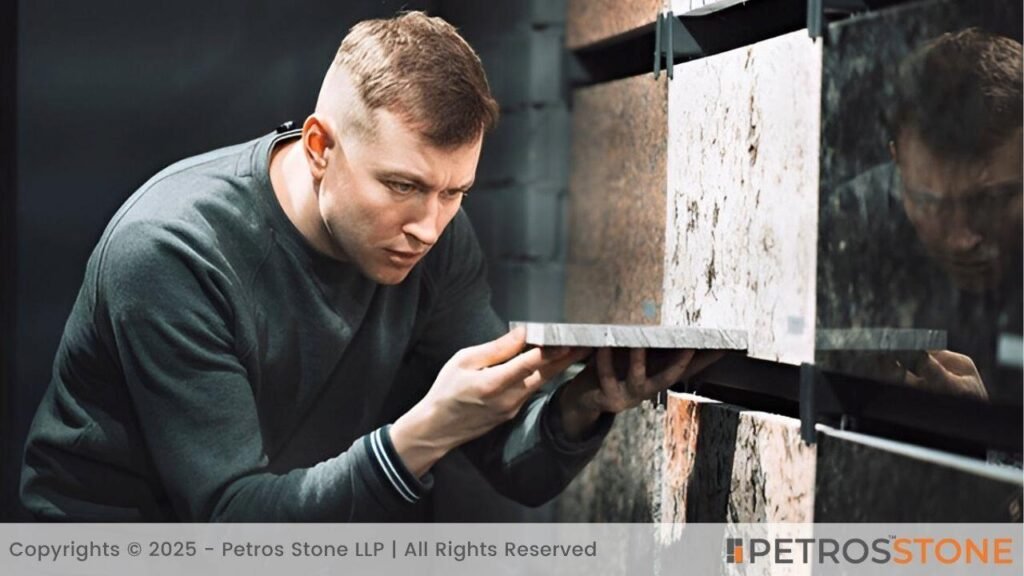
Selecting the best sintered stone requires more than picking a color and sticking to your budget. Here’s the most important factor you should think about before making that choice:
1. Selected Usage
Think about the use and environment. For kitchen counters, you will want a surface that’s heat and stain-resistant and stands up to abrasion. Typically, it’s a thinner slab that has a matte or textured surface for grip and durability. On the other hand, for outdoor applications, patios or facades, again you need to think about UV-resistance and weather tolerations. If you plan to reference round objects, in the case of table tops or wall cladding, you may want to research thinner, lighter panels.
2. Color & Pattern
Sintered stone can provide a variety of options – from traditional marble veining and natural stone textures to ultra-modern solid colours and matte finishes. So, you have to choose one that fits your space as well as your choice. Also, keep in mind the lights in your room, as some finishes and colours can change when viewed under natural or artificial lighting.
3. Edge Finishing
The edge profile you choose might affect not only the aesthetics but also the safety. Beveled or rounded edges soften the look and edge sharpness and are ideal for homes with little kids. A mitered edge provides the thick/high-end look to the material, especially on waterfall islands. A flat/polished edge provides the clean, modern feel. Not every edge finish is appropriate for every use case, which is why you should talk to your installer.
4. Installation Team
Sintered stone is very dense and heavy. It is oftentimes not the type of material that someone can install themselves unless they have all the right tools and have done it multiple times. Handling of dense stone is precise, allowing for very little room for error. So, remember that incorrect handling of even a relatively small piece can cause it to crack or chip. Therefore, it is always best to employ the services of experienced professionals who have the right equipment and have done it before in order to cut, transport, and install sintered stones appropriately.
5. Maintenance Needs
Even if sintered stone is a low-maintenance non-porous surface, everyday maintenance will depend on the type of finish selected. Polished finishes, for instance, are shown to demonstrate fingerprints and water spots more than finer or textured finishes. Being cognizant of the space’s intended use will help better select a finish that stays cleaner, with less work.
Where to Buy?
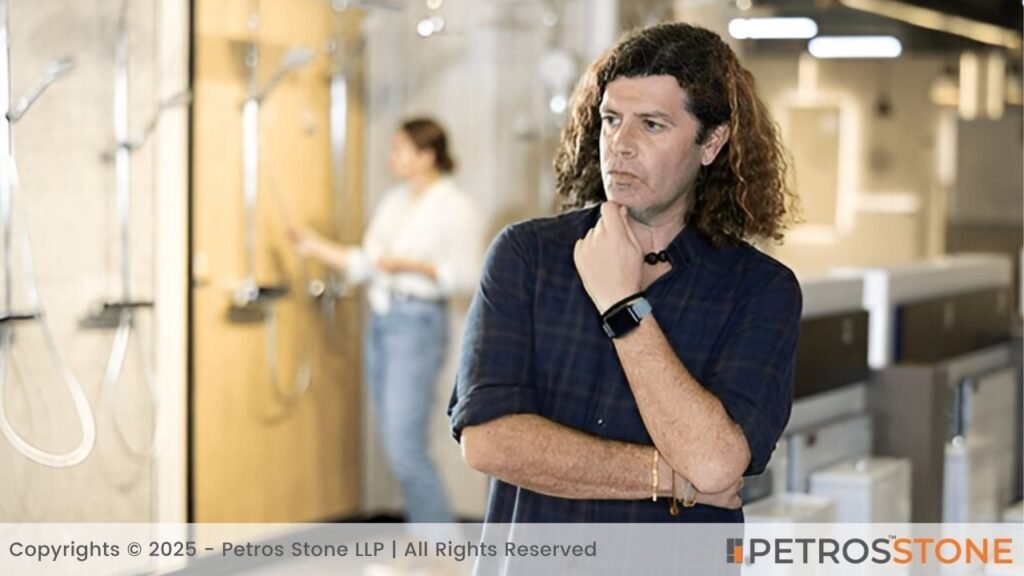
Sintered stone is available at most quality stone dealers, kitchen and bath showrooms, and architectural surface sellers. Popular brands like Petros Stones and many others are great choices and provide a variety of color palettes, styles, and finishes. You could even import your favorite one from India.
FAQs
What is the thickness of sintered stone?
As sintered stone slabs are mass-produced, you will typically find 15mm and 20mm as the most typical thicknesses.
What is the size of the standard slab size?
These slabs tend to be on the larger side. So, Sintered stone slab sizes are (approximately): 80x320cm, 120x320cm (larger?), 160×320 cm.
How thick is a sintered stone tabletop?
Most typically, a sintered stone tabletop will be either 15mm or 20 mm thick. However, there is also a variety of thinner ones, 6mm or 12mm thick, particularly for furniture.
Can sintered stone be repaired easily?
Yes, sintered stone can be repaired if the damage is minor. However, in general, it is a highly durable material that resists damage.
Summary
Sintered stone is a modern, high-performance material made from natural minerals under intense heat and pressure, offering durability, non-porosity, and aesthetic versatility. While it offers many benefits, choosing the right slab involves considering its usage, finish, edge profile, and installation expertise for long-lasting performance.
Key Takeaways!
- Slab sizes of Sintered Stoned range from 80×320 cm to 160×320 cm.
- Thickness usually available in 15mm & 20mm.
- This product is perfect for indoor and outdoor applications due to its durable, scratch resistant, heat resistant and UV resistant nature.
- Average price is $21 to $31 per square meter, depending on size and thickness.
- Sintered stone is a great value for equity and aesthetic beauty over time.



Feel free to get in touch for a free consultation, quote, and get a detailed understanding from our experts here at Petros®. Visit https://petrosstone.com/ or call +91-8446360361 and WhatsApp

Hello!
I’m Varsha, with a deep interest in architecture and years of content writing experience, I explore how natural stones like granite and marble shape beautiful, functional spaces. At Petros® Stone, I share insights that help readers appreciate the design potential and timeless appeal of stone.
Brown Granite
White Galaxy Granite
Blue Bahia Granite
Silver Cloud Granite
Black Pearl Granite
Dallas White Granite

